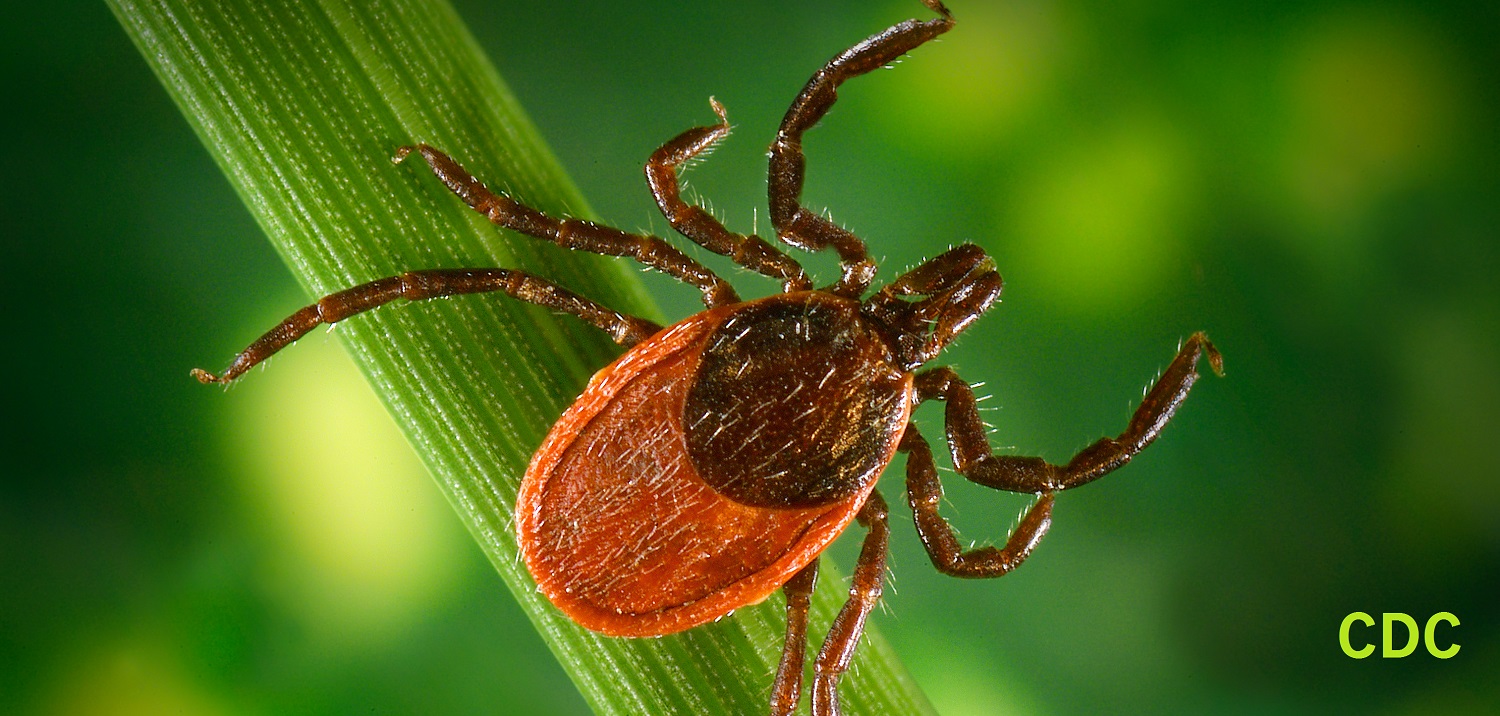There’s no denying that summers in Canada can be short, so making the most of the outdoors is usually on the top of everyone’s list. But with every summer, there are also stories of ticks in Toronto and the risk of Lyme disease that have some people re-thinking that trip outdoors.
While it’s true that blacklegged ticks have been found in some parts of the Toronto region, their numbers are still very small and according to Toronto Public Health, the risk of developing Lyme disease is low.
Lyme disease can be quite serious if not detected and treated in the early stages, but it’s also considered an easily preventable and treatable disease if caught early.
How is Lyme Disease Spread?
In Ontario, the only type of tick that carries Lyme disease is the blacklegged tick (sometimes called the deertick). They can be as small as a sesame seed to as large as a pea.

Lyme disease is spread when a person is bitten by a tick infected with the Borrelia burgdoferi bacteria. Not all blacklegged ticks carry this bacteria, therefore not all tick bites can cause Lyme disease.
Ticks are slow feeders and will attach themselves to a host for 24 to 72 hours. Typically, the bacteria is spread once an infected tick has been attached for 24 hours or longer, which is why being able to detect a tick bite early is so important.
Where have blacklegged ticks been found in Toronto?
Blacklegged ticks have been found in Morningside Park, Cedar Ridge Park, Rouge Park and Algonquin Island in the Toronto Island area.
Ticks are found in places where there is tall grass and in wooded or bushy areas where there are lots of leaves on the ground. Although ticks are slow, flightless bugs, they can easily travel by attaching themselves to people, animals and birds.
Toronto Public Health has created a map of active tick surveillance as part of their blacklegged tick surveillance program. The map shows areas where blacklegged ticks have been found and whether the ticks carried the bacteria that causes Lyme disease.
TRCA has been collaborating with Regional Public Health units to address West Nile virus, and Lyme disease has been included in our Public Health partner’s vector-borne disease programs.
How Can I Protect Myself Against Ticks?
Although the risk is low, it’s still important for people to take a proactive approach to help stop the spread of Lyme disease. That means:
- Taking preventative measures to avoid tick bites, like wearing long-sleeved clothing and using DEET-based insect repellents.
- Conducting tick checks after spending time in wooded or bushy areas, including checking children and pets.
- Knowing the proper way to remove a tick by using tweezers to grip the tick close to the skin and gently pulling the tick straight out.
- Being able to identify the symptoms of Lyme disease.
Complete information on all these items can be found on the Toronto Public Health website.
Families visiting TRCA conservation areas this summer can minimize their chance of encountering ticks by keeping to the centre of trails.
When bitten by a tick carrying Lyme disease, early detection is key to making a full recovery. By knowing how to practice prevention, detection and symptom identification for tick bites, you can make sure you and your family can enjoy all your favourite activities this summer.

